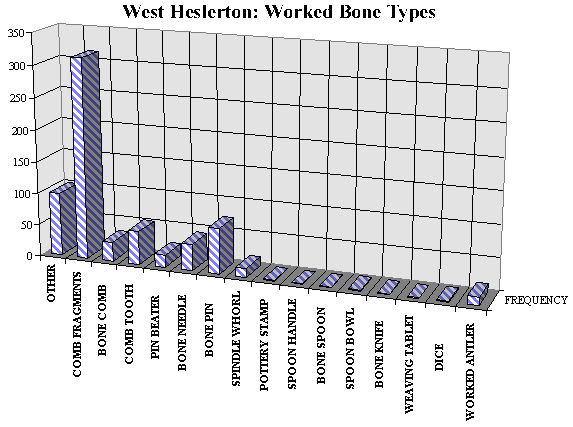
Fig. 3.29 Worked bone by object type (Sites 2 and 11)
The very large faunal assemblage bears witness to the good conditions for bone preservation. In all, just over 790 worked bone items were recovered of which .c.50% represent individual teeth and fragments from composite bone combs.

Fig. 3.29 Worked bone by object type (Sites
2 and 11)
Of the complete or nearly complete objects, pins and needles are the most frequent, followed by the bone combs. Amongst the pins and needles, most of which have no particular diagnostic features, a small number are broadly dateable either to the Roman or Middle Saxon periods. The spindle whorls likewise, whilst often decorated, are decorated using the standard motifs spanning the whole period of occupation on the site. A number of the items identified as needles may in fact be cloak pins; the discovery of a pair of perforated triangular-headed pins found as if they had been tied together with string, indicates that the Middle Saxon copper alloy linked-pin pairs may have been emulated in bone. The remainder of the pins and needles include both dress fittings and weaving equipment and contribute to the broader studies of textile production and fashion. A single bone weaving tablet also contributes to the textile study, but the fact that only one was recovered suggests that this aspect must surely have only been for home production.
The bone combs include the full range of composite types, the majority being Anglo-Saxon rather than Roman. The majority are double sided with only a single example of a handled comb. The examination of this large group of material in context with the full assemblages from the Grubenhäuser in particular may offer an opportunity to identify any dating potential in this material, material which in any case deserves comparison with the Roman and later examples from York in particular.
A number of unusual worked bone items were recovered, including a large fragment of cut whalebone, a number of spoons and spoon fragments, a bone knife, paralleled by a single example from a cemetery in Rutland (J. Timby, pers. comm.), some fragments of an ivory purse ring, paralleled in the West Heslerton cemetery, and the bridge from a lyre, paralleled by an example from Birka. Dice were also found, but these appear to derive from later contexts, are irregular and are paralleled by examples from both Roman and medieval sites. The evidence for bone and antler working on site is so far somewhat limited, indicating once again that here we are dealing with home consumption. The single pottery stamp recovered is of a very small cross; its use has so far not been demonstrated from the ceramic assemblage (see also 4.15 Other Material Classes: Additional data recovered in 1995).
© Internet Archaeology
URL: http://intarch.ac.uk/journal/issue5/westhes/3-7-7.htm
Last updated: Tue Dec 15 1998